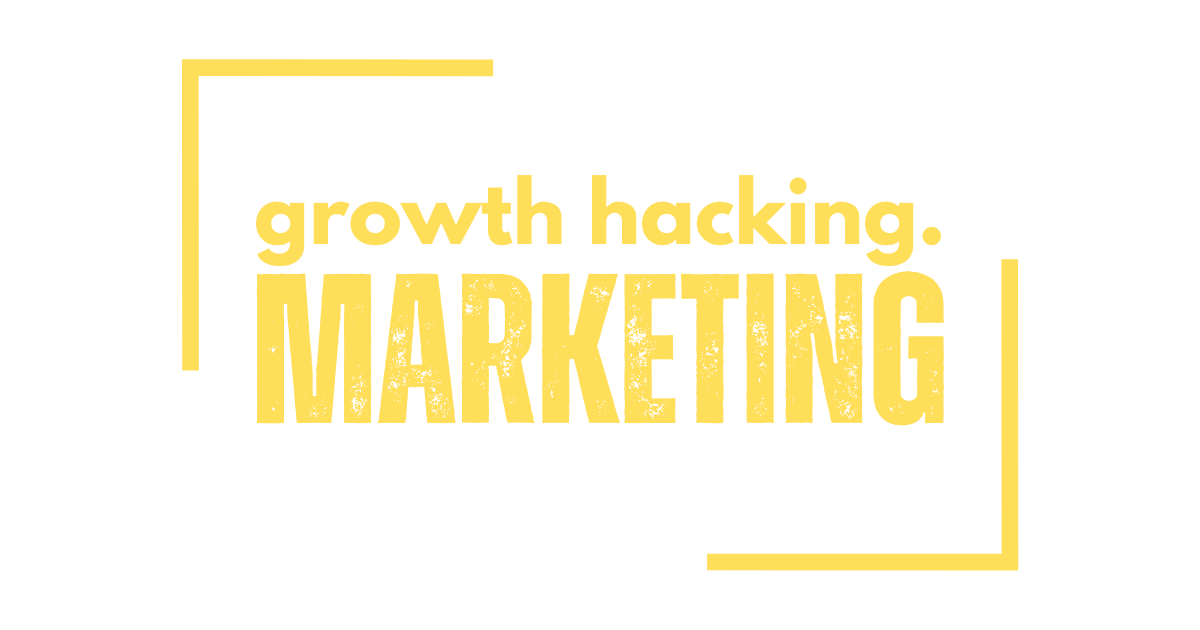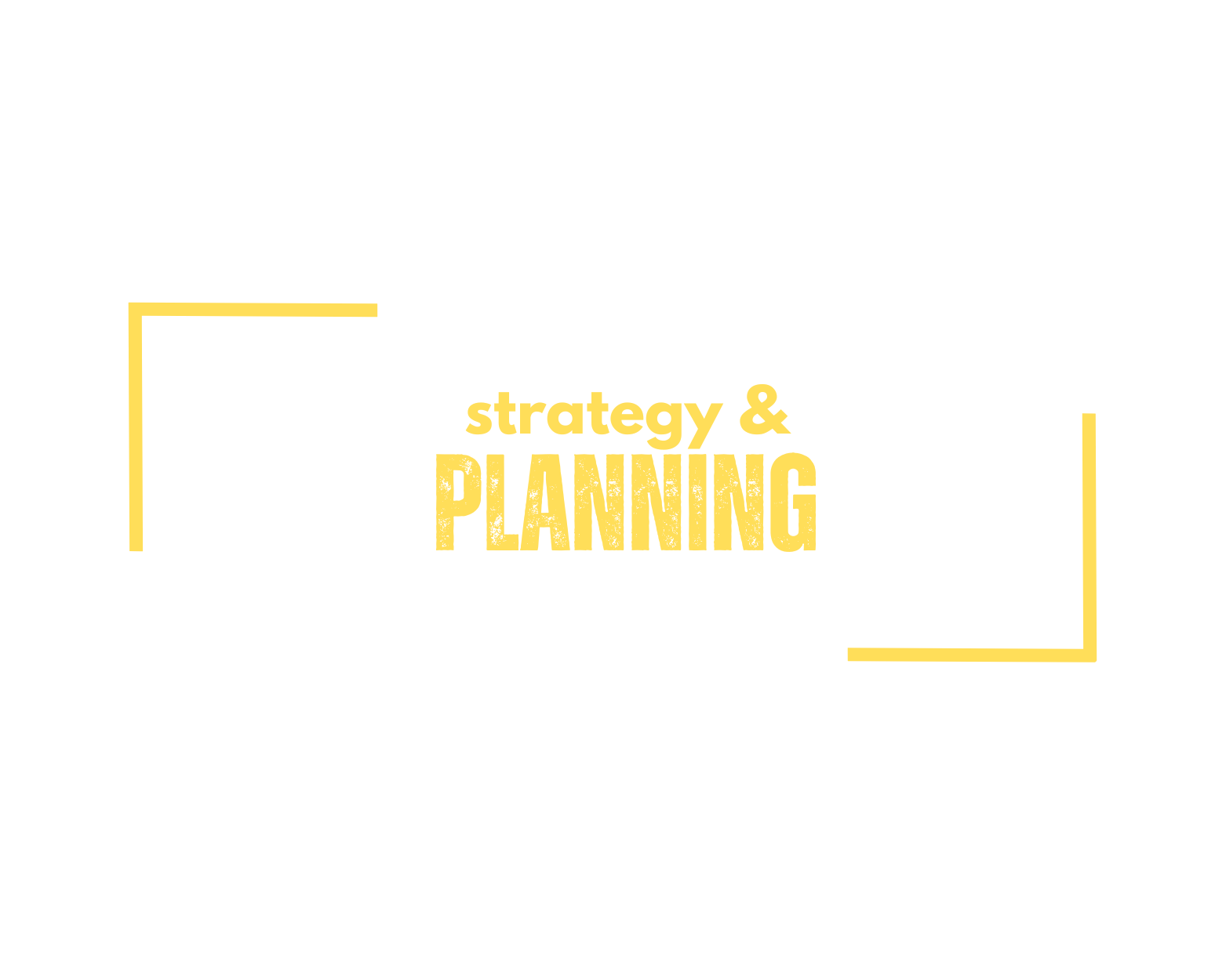
Perception-focused Marketing Research & Audit
The Critical
Marketing Mistake:
You're not asking
The right questions.
Most businesses almost ignore Marketing Research and skip straight to tactics — SEO, ads, socials, design — and assume that answers will emerge once “execution” begins.
But few stop to ask:
"How do my customers actually perceive what I am offering?"
Welcome to the real cost of skipping the hard questions
The Gambler’s Syndrome in Marketing
Betting on strategies based on
borrowed playbooks, invalidated assumptions, and blind optimism.
“It worked before… it should work again.”
Until it doesn’t.
At the core of our Marketing Audit & Research is
a different mindset
It's about building a map of:
1.
Who you are?
2.
Who you serve?
3.
How do they perceive you?
4.
Who do you compete with?
To accomplish this, we're using primarily an add-on tool to classic frameworks that aims to make the difference between a wasted budget and breakthrough growth:
So let’s ask the only questions that actually matter in marketing -
The questions that make perception work for you, not against you.
Knowing Where You Stand Opens New Doors for Growth
A. Who are You (as a Business), and Where Are You Right Now?
Understanding your current market position and how others perceive you is the first step.
SWOT
Defining your business identity includes an internal audit of your strengths, weaknesses, opportunities, and threats (SWOT).
Pestle
Establishing where your business stands in the broader landscape requires a PESTLE (political, economic, social, technological, legal, and environmental) analysis.
Competitor Benchmarking
Generic benchmarking against competitors is essential for comprehending your standing in the minds and hearts of your target audiences relative to your competition.
Get to Know Your Customers, Not Just Their Data
B. Who are your customers?
Beyond demographics and psychographics, you must understand your customers’ deeper pain points, problems, needs, and desires. Using The Funnel of Perception, we can reveal insights that typical models overlook.
Jobs to Be Done (JTBD)
Focuses on the job your customer needs done. This framework helps you understand the problem they’re trying to solve and what a successful outcome looks like.
Voice of the Customer (VoC)
Systematically gathers customer feedback to identify pain points and positive experiences, highlighting opportunities for improvement or innovation.
Design Thinking
An empathetic approach that revolves around understanding customer needs and designing solutions tailored to them. It encourages testing and refining ideas based on real feedback.
Customer Empathy Map (CEM)
Understand what your customers think, feel, see, hear, say, and do. This tool helps you connect emotionally with your audience by mapping out both rational and emotional drivers.
Root Cause Analysis (RCA)
Drill down to the underlying causes of customer frustrations, helping you resolve problems at their source rather than just treating the symptoms.
Value Proposition Canvas (VPC)
Aligns your product or service offering with customer pains and gains, ensuring that what you offer addresses their most pressing problems.
Customer Journey Mapping (CJM)
Tracks the customer's experience from discovery to post-purchase, revealing key touchpoints, challenges, and opportunities to enhance their journey.
Problem Statement Framework (PSF)
Clarifies the customer’s pain points and frames your solution in a way that directly addresses their core challenge.
Advanced Persona Creation
Goes beyond simple demographics. These personas incorporate customer problems, challenges, and aspirations, making it easier to craft targeted marketing strategies.
Outsmart the Competition with In-Depth Insight
C. Who are my competitors?
You need to know who else is targeting your customers. Understand their strengths, weaknesses, and positioning in order to define your unique value proposition and competitive edge.
Competitive Analysis
Identifying the key competitors and analyzing their marketing strategies, strengths, and weaknesses to sharpen your competitive advantage.
Porter’s Five Forces
Analyze the competitive environment to identify potential threats and opportunities.
Blue Ocean Framework
This focuses on identifying opportunities to create uncontested market space, essentially moving away from the competition by delivering unique value that customers didn’t even know they needed.
Move with Purpose—Define and Measure Your Success
D. Who Do You Aim to Become?
Your goals define your business’s future. Where do you want your business to be in 6 months, 1 year, or 5 years? Setting clear, actionable goals allows you to move with purpose rather than wasting effort on misaligned actions.
S.M.A.R.T.
Be S.M.A.R.T. when it comes to Goals.
KPIs & Metrics
Track your progress and ensure you’re on the path to success.
GAP Analysis
Identify where you are now and what it takes to become the business you aspire to be.
Budgeting
Realistic budgeting helps ground your expectations and ensure you’re setting goals that lead to actionable success rather than miracle expectations.
These audit and research services set the stage for something far more powerful than tactics:
A strategy
that moves people.
Because without understanding how your audience feels, you’ll never reach how they think.
And if you can’t connect emotionally, you won’t convert logically.



